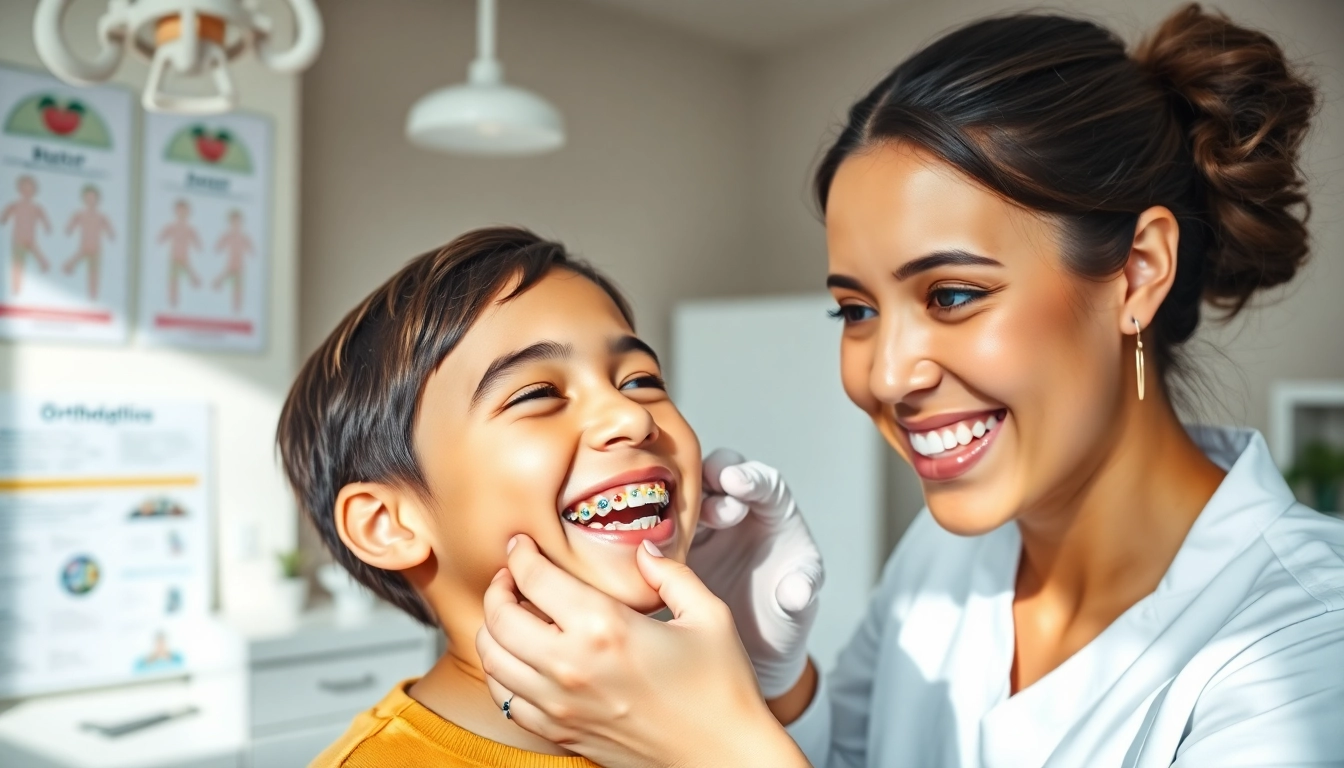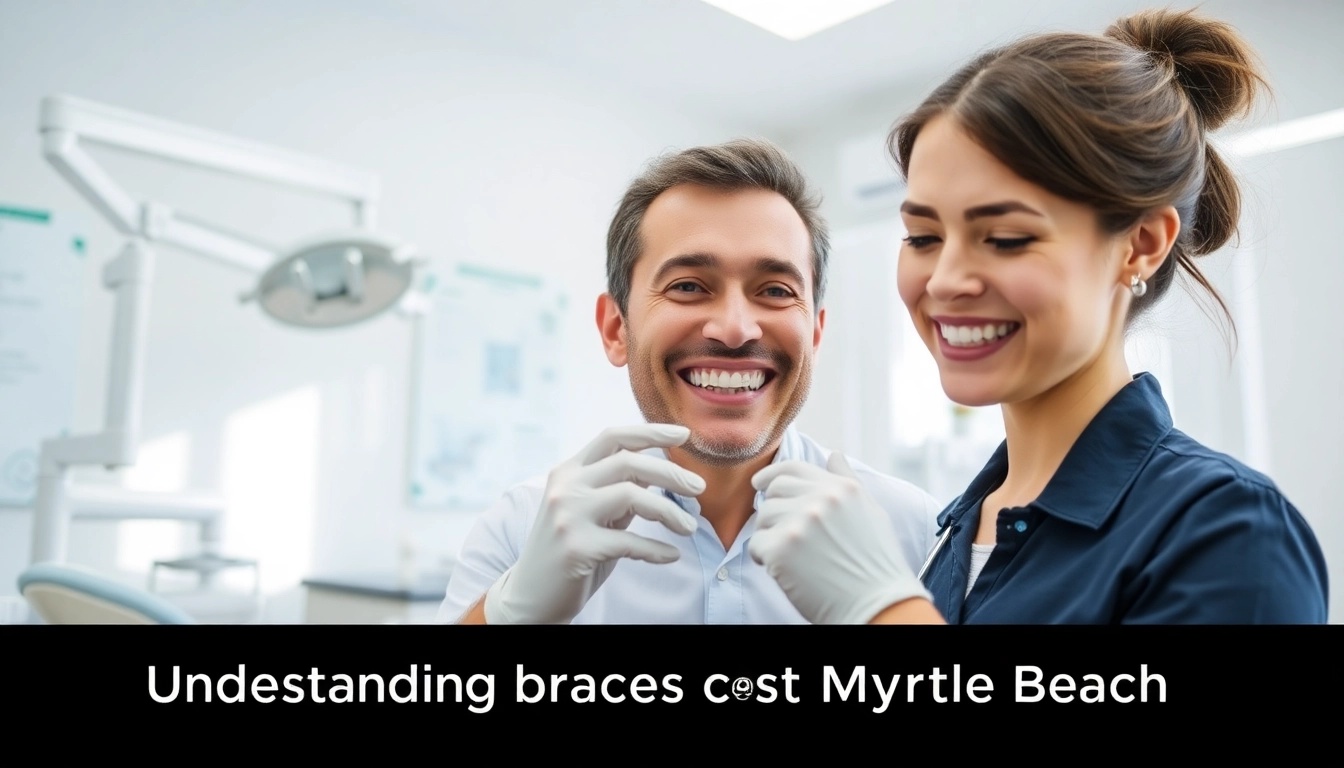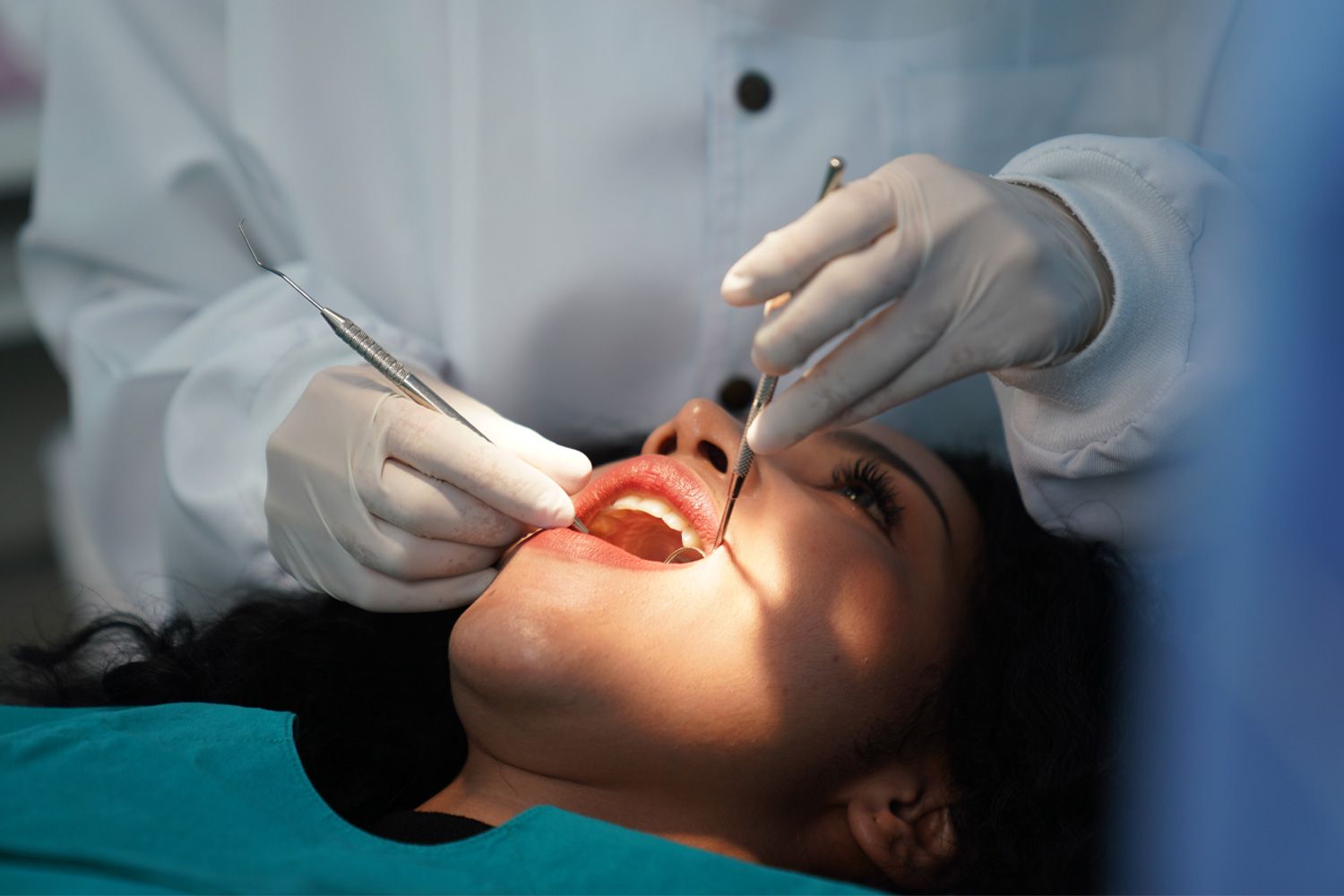Understanding Braces and Their Importance
Braces have long been a staple in orthodontics, playing a crucial role in aligning teeth and improving smiles. Whether you’re considering braces for yourself or your child, understanding their purpose and functionality is essential. Braces are more than just a cosmetic solution; they are a pathway to better oral health and overall well-being. By opting for braces Myrtle Beach, individuals can embark on a journey toward achieving a straighter smile and improved dental health.
What Are Braces?
Braces are orthodontic devices designed to correct irregularities in teeth alignment and jaw positioning. They consist of several components, including brackets, wires, and bands. Brackets are bonded to the front of each tooth, while wires threaded through these brackets apply gentle pressure to align teeth gradually. Orthodontic appliances work effectively through consistent adjustments, helping guide your teeth into the desired position.
How Braces Work
The functionality of braces hinges on the principle of controlled force. When force is applied to the teeth, they begin to move within their sockets. Braces exert a steady, gentle pressure to reposition the teeth over time. This process involves the following key steps:
- Initial Consultation: The orthodontist conducts an assessment, often using X-rays and impressions of the teeth.
- Installation: Brackets are affixed to each tooth and connected with a wire, which is held in place with bands.
- Adjustments: Regular appointments are scheduled for adjustments to ensure the teeth are moving as planned.
- Completion: Once the desired alignment is achieved, braces are removed, often followed by retainers to maintain the new position.
Benefits of Wearing Braces
Beyond enhancing aesthetics, braces offer numerous benefits:
- Improved Oral Health: Straightened teeth can reduce the risks of cavities, gum disease, and other dental problems.
- Enhanced Functionality: Braces can resolve bite issues that make chewing or speaking difficult.
- Boosted Confidence: Achieving a straighter smile can significantly enhance self-esteem and personal confidence.
- Long-term Investment: The effort put into wearing braces can yield a lifetime of healthier teeth.
Types of Braces Available in Myrtle Beach
When it comes to braces, various options available cater to different preferences and conditions. Below are the most common types of braces that you may encounter in the Myrtle Beach area.
Traditional Metal Braces
Traditional metal braces utilize high-grade stainless steel brackets and archwires. These are the most commonly used braces and are known for their effectiveness in treating complex dental issues:
- Durability: Metal braces are robust and can withstand significant pressure.
- Cost-Effective: They are often the most affordable option for orthodontic treatment.
- Versatility: Suitable for all cases, including severe misalignments.
Clear Aligners
Clear aligners, like Invisalign, are a popular alternative to traditional braces. These removable trays are custom-made to gradually move the teeth into the proper position:
- Aesthetic Appeal: They are nearly invisible, making them a preferred choice for adults and teens.
- Convenience: Aligners can be removed for eating, brushing, and flossing.
- Comfort: Since there are no brackets or wires, clear aligners can be more comfortable.
Lingual Braces
Lingual braces are similar to traditional braces but are placed on the back of the teeth instead of the front. This option is ideal for those desiring a discreet orthodontic solution:
- Invisible Treatment: They are hidden from view, making them aesthetically pleasing.
- Effectiveness: Lingual braces work similarly to metal braces, accommodating even complex cases.
Choosing the Right Orthodontist in Myrtle Beach
Finding the right orthodontist is crucial for a successful treatment experience. Here are some important factors to consider:
Credentials and Experience
When selecting an orthodontist, verify their qualifications. An ideal orthodontist is board-certified, having undergone extensive training beyond dental school. Look for affiliations with reputable dental organizations as evidence of their commitment to continuing education and ethical practices.
Consultation and Examination
A thorough initial consultation is essential for determining the best treatment options. During this appointment, the orthodontist should:
- Review your dental history and perform a comprehensive examination.
- Discuss different treatment alternatives, taking your preferences into account.
- Provide a detailed treatment plan, outlining the expected duration and costs.
Patient Reviews and Testimonials
Online reviews and testimonials provide insight into the experiences of previous patients. Positive feedback regarding the orthodontist’s communication, treatment outcomes, and office atmosphere can guide your decision. Consider reaching out to friends or family for personal recommendations as well.
Cost of Braces in Myrtle Beach
The cost of braces can vary widely based on the type of braces chosen and the complexity of the treatment. Here is what you need to know:
Average Pricing and Financing Options
On average, braces may cost between $3,000 to $7,000, depending on factors such as location and orthodontic complexity. Many practices offer flexible payment plans, making orthodontic treatment more accessible:
- Insurance Plans: Check if your dental insurance covers orthodontic treatment to reduce out-of-pocket costs.
- Financing Plans: Many orthodontists provide financing options to spread the cost over time.
- Discounts: Some practices offer discounts for upfront payments or referrals.
Insurance Coverage for Orthodontics
Understanding your insurance coverage can provide significant savings. Most dental insurance plans offer partial coverage for orthodontic treatment. It’s essential to check:
- The percentage of coverage for braces.
- Any annual maximum limits on orthodontic benefits.
- Requirements for filing a claim and getting reimbursement.
Budgeting for Your Orthodontic Journey
Budgeting for braces requires careful planning. Consider rotating your financial strategies to accommodate ongoing payments while managing living expenses. Start by:
- Creating a dedicated savings account for orthodontic expenses.
- Discussing payment options with your orthodontist before treatment begins.
- Understanding the total cost of treatment before committing.
Maintenance and Care for Your Braces
Maintaining proper care of braces is essential for effective treatment. Neglect can prolong the duration or complicate the process:
Daily Care Tips
Braces require specific care to remain effective. Implement these daily care tips:
- Brushing: Brush your teeth at least twice a day, making sure to clean around brackets and wires.
- Flossing: Use special flossing tools designed for braces to effectively remove food particles.
- Use Mouthwash: An antimicrobial mouthwash can help reduce plaque buildup and maintain fresh breath.
Foods to Avoid
Certain foods can damage braces or lead to dental complications. Patients should avoid:
- Hard Foods: Nuts, hard candy, and ice can break brackets or bend wires.
- Sticky Foods: Chewing gum, caramel, and taffy can get stuck and should be avoided.
- Foods That Require Biting: Corn on the cob or apples should be cut into smaller pieces to prevent damage.
Regular Check-Ups and Adjustments
Regular visits to the orthodontist are vital for ensuring that progress is being made. These appointments typically occur every 4-6 weeks and involve:
- Checking the alignment of teeth and making necessary adjustments to the braces.
- Monitoring oral health to ensure no complications arise.
- Providing guidance on maintaining care and addressing any patient concerns.



